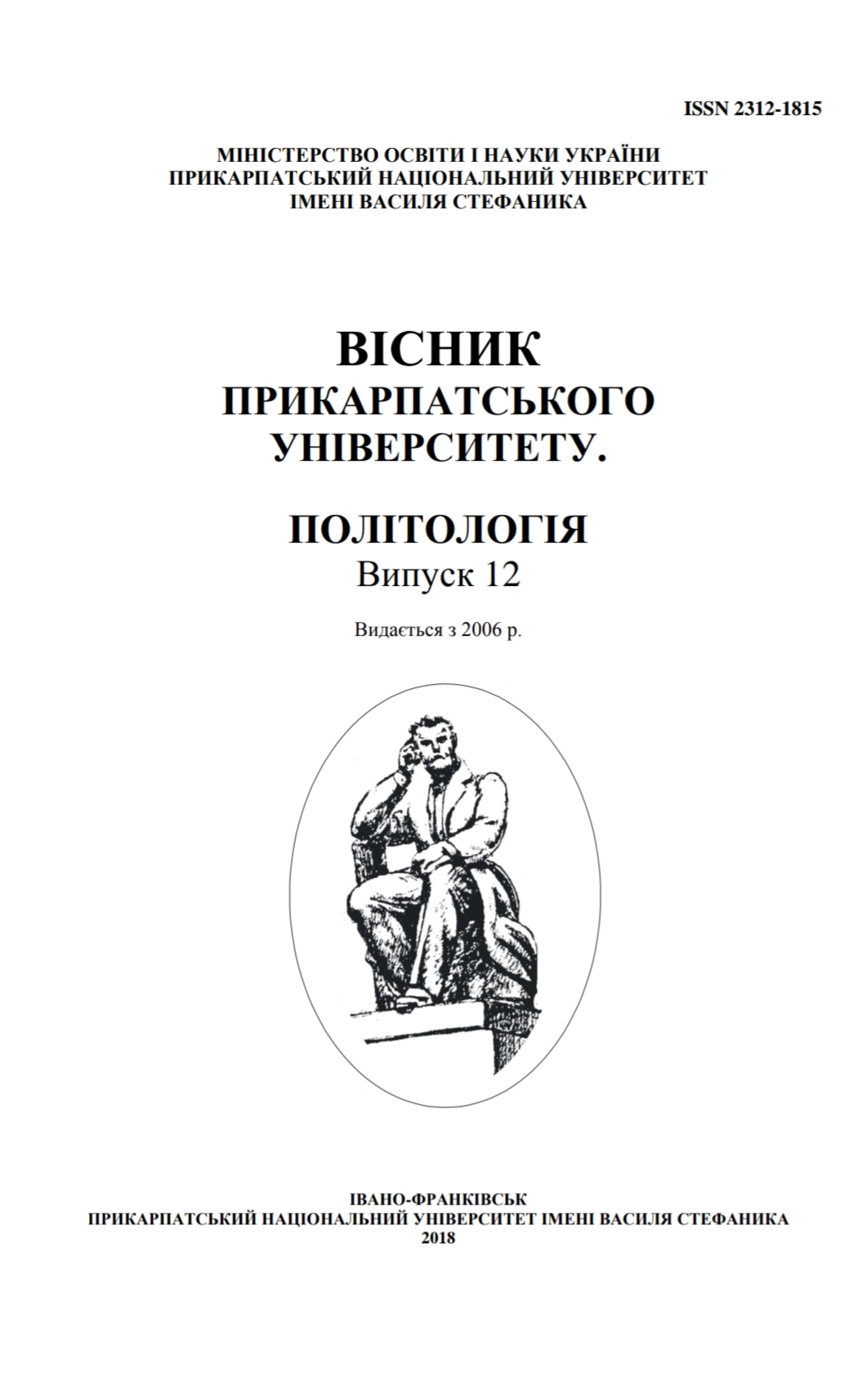Models of presidential rule: world practice and Ukrainian realities
Keywords:
Key words: form of government, presidential institution, presidentialism, semipresidentialism, presidential republic, parliamentary republic, semi-presidential republic.Abstract
The article deals with scientific approaches to the typology of states in the form of government and models of the implementation of the presidential power. A comparative analysis of presidential, parliamentary and semi-presidential systems was carried out. It is noted that their effectiveness is conditioned by a number of factors of the internal-and-foreign-political character, as well as the dominant traditions of state-building. It was proved that the presidential model operates against the backdrop of a rigid division of power into three independent branches, retains an effective system of checks and balances that prevents key governing institutions from going beyond their powers. Presidentialism is most effective in the United States, whereas its Latin American and African-Asian varieties, with low democratic standards, can gain authoritarian features. Unlike the presidential system, the parliamentary system is based on a democratic principle of institutional cooperation, and therefore creates conditions for the successful functioning of the state machinery, in which the leading role
belongs to the parliament. The semi-presidential variants combine the positive features and deficiencies of presidentialism and parliamentarism, which, given their dominance, determine the level of effectiveness. Within the framework of the research, the domestic model of the presidential administration in the context of long-term evolution was characterized.


